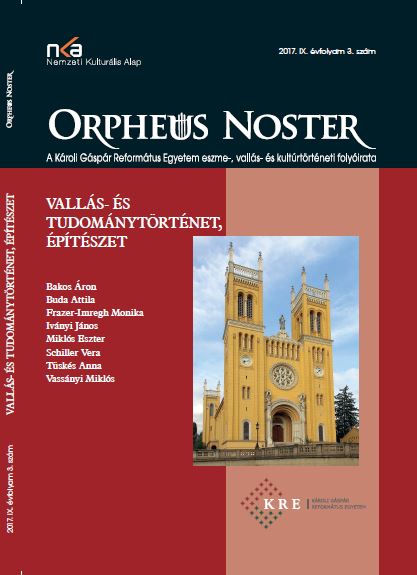Plótinos műveinek tanulmányozása a reneszánsz Itáliában
Studying Plotinus’ Works in Renaissance Italy
Author(s): Monika Frazer-ImreghSubject(s): Philosophy, Ancient Philosphy, Renaissance Philosophy, 15th Century
Published by: Károli Gáspár Református Egyetem
Keywords: Plotinus; 15th century philosophy; Italian Renaissance; Greek manuscripts; Neoplatonism; Ficino; Poliziano; Giovanni Pico di Mirandola
Summary/Abstract: This paper sums up the history of Plotinus’s return to philosophical thinking in Western Europe, which started in Italy. The manuscripts of the Enneads arrived from the Byzantine Empire to Vicenza, Venice, Florence, Bologna, and Padova in the first half of the 15th century. Plotinus’s work was spread by the students of the Florentine Manuel Chrysoloras: Giovanni Aurispa, Niccolò Niccoli and others, who built great collections of Greek and Latin manuscripts by ancient authors. The first scholars who lectured on Plotinus were members of the Greek delegation to the Council of Florence (1439): Gemistus Pletho, Basilios Bessarion, and John Argyropulos. They all stayed in, or returned to, Italy, and were teaching in Padova, Florence and Rome. In the second half of the century three good friends, Marsilio Ficino, Angelo Poliziano and Giovanni Pico della Mirandola, were in the centre of a circle of scholars and poets in Florence who studied Platonic works. Pico suggested to Ficino that he should translate Plotinus’ Enneads; the translation was subsequently published in 1492 and included an extensive commentary. Their students then spread the Latin translation and commentary across Europe.
Journal: Orpheus Noster. A KRE Eszme-, Kultúr-, és Vallástörténeti Folyóirata
- Issue Year: IX/2017
- Issue No: 3
- Page Range: 7-19
- Page Count: 13
- Language: Hungarian

